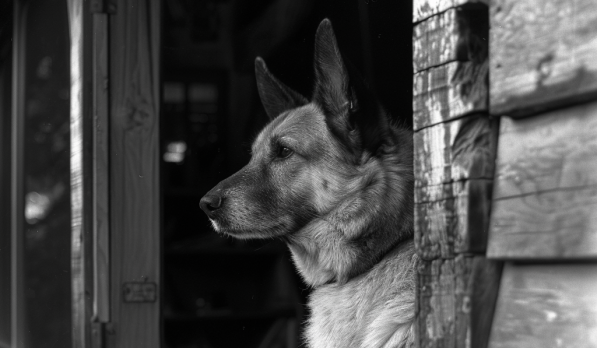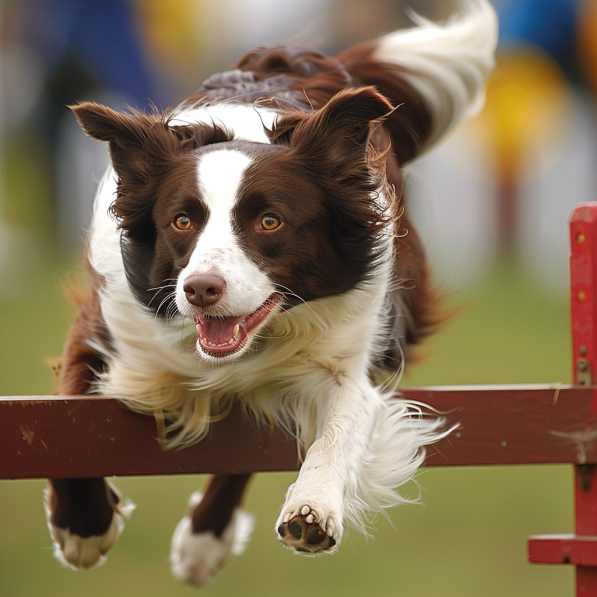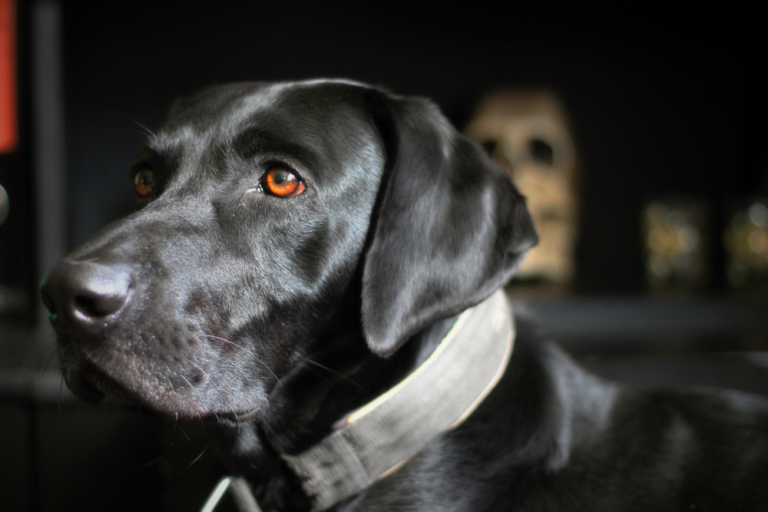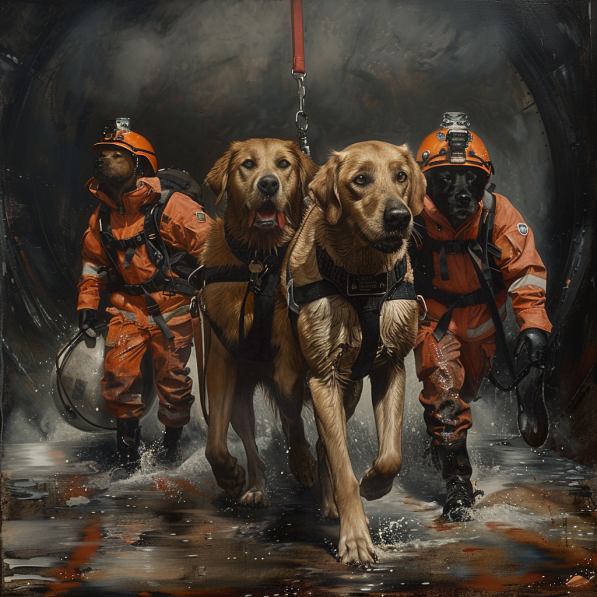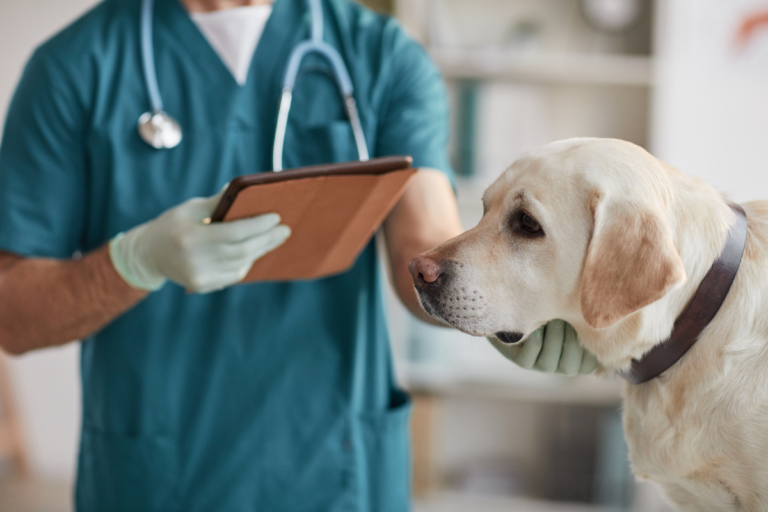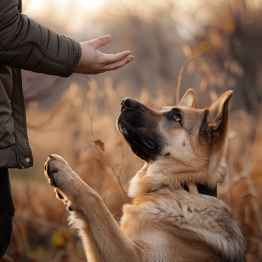Dog to Dog Aggression Training: Taming the Tussle with Tail Wags
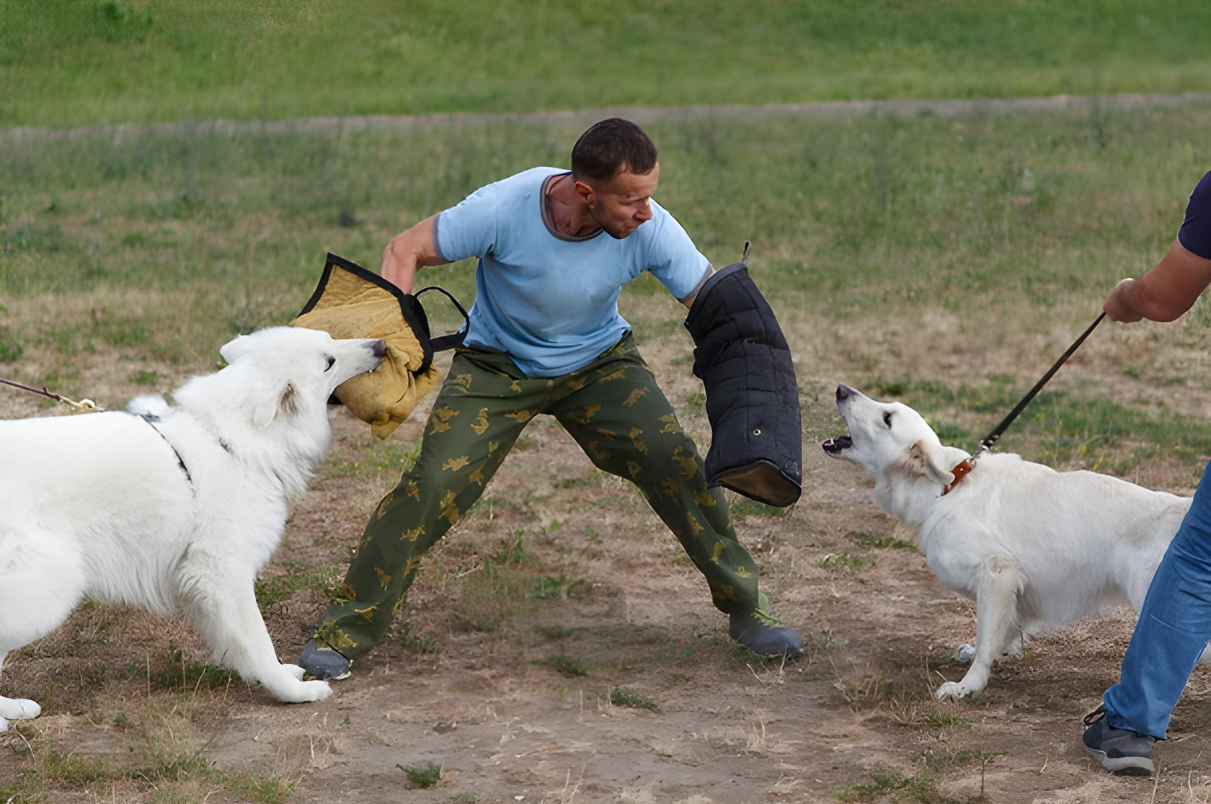
Fun and Effective Dog-to-Dog Aggression Training
I’m sure we have all been there; out at the park on a beautiful day, having a great time, and then comes a change when another dog is also around. We’ve all been there.
That is like watching a movie as it is being enacted before you. But fear not! Thus, you need to have the proper attitude and be a little patient to turn those dreadful moments into joyful events for a dog.
Causes of Aggression
Awareness of the cause of dog-to-dog aggression is the first step to understanding. To elaborate further, let us play the scenario of your companion dog as being the introverted child at school, and every time a number of classmates come to greet him. Dogs may react aggressively due to various reasons:
- Fear: Puppy aggression is usually because of being afraid. Depending on the situation, a dog can snap and attack to guard themselves, if they think that danger is near.
- Territorial Instincts: Territoriality can also be considered a breed predisposition since some dogs naturally guard their territory. They might perceive other dogs as if they are invaders, especially in places they think belong to them.
- Lack of Socialization: Any dog that has not mingled with other dogs may not know how to properly handle the interactions hence leading to aggression.
- Protective Instincts: Some of the reasons that cause dogs to be aggressive are; when the dogs feel that they have to shield their masters, or young ones, or even the food and toys.
- Past Experiences: Some dogs that have had bad experiences with other dogs in the past shall exhibit aggression as a sign of defense.
Symptoms of Aggression
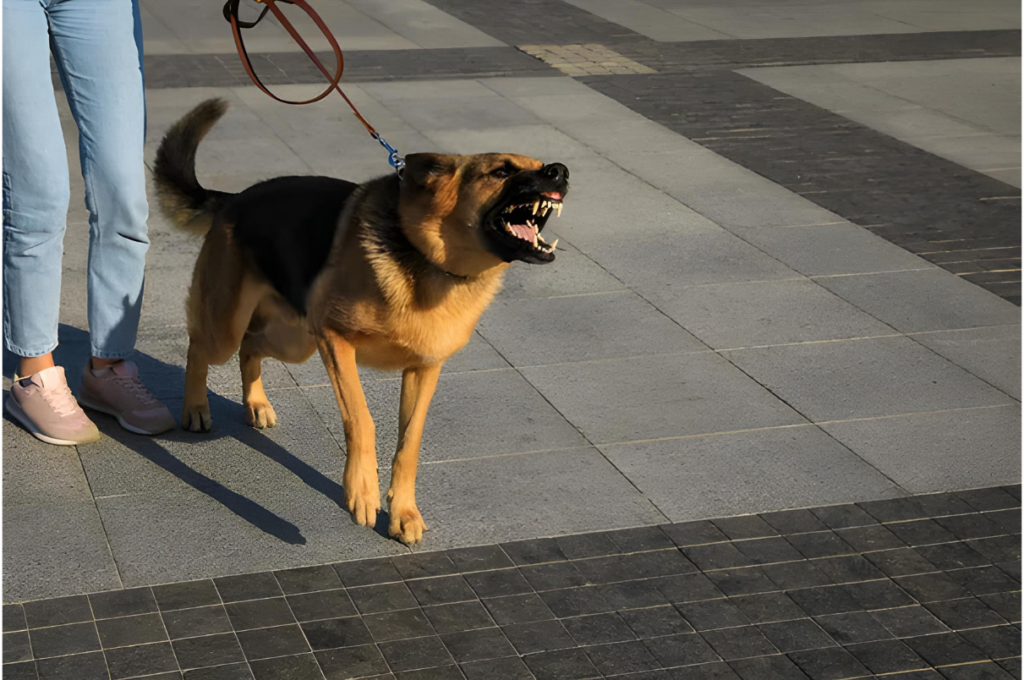
Dog aggression may therefore come in different forms. Common symptoms include:
- Growling and Barking: These are some of the earliest signs that show one wants to unleash his aggression. Their main function is to let the other dog know to back off and not to get too close to them.
- Snapping and Lunging: Failure to the growling and barking, the dog could proceed further to biting or lunging.
- Stiff Body Language: An example of possible body language of a threatening dog is: the legs are spaced far apart and the dog holds them tensed; there is high tail rigidity, and hackles are raised.
- Intense Staring: Sometimes, staring, or making steady gaze, at one’s companion is one form of communication that is associated with aggression.
- Bared Teeth: Baring is one of the signs of threat that mean that the animal wants to attack soon.
Recognizing these signs early can help you intervene before the situation escalates.
Training Approaches: Turning Ruffs into Tail Wags
1. Stay Cool, Human!
Dogs are like able and willing emotional receivers. They follow your body language and act even before you do. Logical reasons mean that if you keep low and comfortable, your dog will also become calm and comfortable. Breathe calmly and be calm with your body structure and do not stiffen up when another dog approaches. Of course, your pooch will feel the peacefulness coming from you and respond to it.
2. Socialization is Key
Socialization of your dog is very important, especially with other dogs in familiar settings only. It is advisable to use friendly and calm dogs and the numbers of dogs should be gradually increased. One can take his/her dog to dog parks, obedience classes and even organize play dates as these are some of the best ways to socialize a dog. Ensure that these interactions are positive and stress free so as to help build the confidence of the dog.
3. Positive Reinforcement
Nice words, complements, and scratches – who does not like them? Positive reinforcement is also important and its key area of application is in ensuring that a dog does not take aggressive posture when it is around other dogs. This establishes a positive correlation and ensures proper and acceptable behavior from the people in the society. The purpose is to make the dog realize that quiet and polite behavior is followed by something good.
Tip: Know the signs your dog is giving you and vice versa. Knowledge of the indicators of stress, fear or discomfort can assist one to take action before the aggression is evident.
4. Teach the “Leave It” Command
Arguably, this command is a lifesaver among the numerous commands that a PHP developer would give. Teach your dog a “leave it” command so that they do not focus on specific stimuli when anxiety is apparent. First, you should begin using edible rewards and toys at home and then proceed towards generalizations in a distracting environment. This will help in making sure your dog is motivated enough to ensure that they follow your commands.
5. Leash Training
A dog that has been trained well, especially one that is on a leash, is not likely to bite. Exercise leash training in as many environments as possible to avoid your primary purpose of your walking adventures being the dragging around of your dog. One should have a loose leash since it frees the dog while having a tight leash may cause tension and hence aggression.
Tip: Create a schedule that will be followed in the morning, in the afternoon and at night concerning the dog’s walks, meals and games. This makes the dog feel at ease and not to be aggressive hence enhancing security for the dog.
6. Seek Professional Help
Sometimes you require a specialist. That is why it is best to seek the professional opinion of a dog trainer or behaviorist to know what specific procedures to follow and how to deal with aggression. They are in a position to review your pet’s behavior and come up with a program that is most appropriate. Keep on call if you feel overwhelmed or simply have a question.
Training Techniques: Playful Practice Makes Perfect
Let me remind you that training must be an enjoyable activity for both- you and your dog. It is recommended that you introduce games and play in your sessions from time to time to add humor.
Playing hide-and-seek, interacting through the game tug-of-war and catch are also useful to not only build relationships but also learn command during play. These games make your pet engaged in certain physical activities and at the same time train him/her in new commands in a fun way.
Wrapping Up with Wags
Overall, it is never easy to deal with inter-dog aggression but with understanding, good timing, and of course, humor, you and your precious pooch will triumph! It is good to always look forward and rejoice when you have made some little progress and the same goes for your dog. Just watch her, roll over, and wag your tails, and the days spent in that park will not be colored by more melodrama.
Looking to enhance your dog’s protective instincts while maintaining control and calmness? Check out our guide on Guard Dog Training. Happy training!

